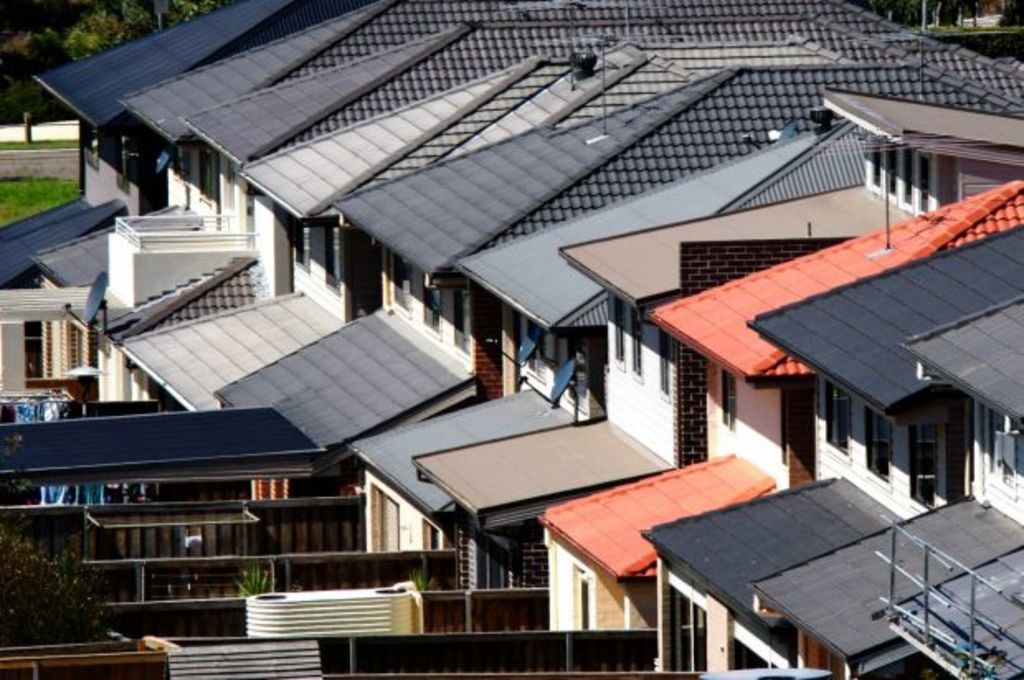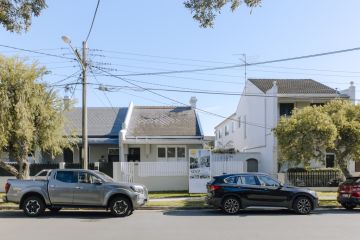Most homeowners with mortgages couldn't handle a minimum rate rise, survey finds

More than half of Australian homeowners with a mortgage would be in dire straits if their repayments increased by more than $100 a month, new data shows.
A nationwide survey found 54 per cent of borrowers do not think they could handle a repayment rise of more than $23 a week.
Worse still, almost a third (31.83 per cent) of the 633 people recently surveyed by finder.com.au did not think they could pay more than $50 extra a month – about $11.50 extra a week.
“There are a lot of burnt out borrowers out there,” Finder money expert Bessie Hassan said. “We have seen a lot of Australians overextending themselves, borrowing more than they should.”
Based on a national average mortgage of $371,700, at the average standard variable rate of 4.97 per cent, a rate rise of just a quarter of a percentage point, would cost borrowers an extra $57 a month over a 30-year loan.
If rates were to jump half or a full percentage point, monthly home loan repayments would rise by $114 and $232 per month.
“It would only take a few interest rate movements for 1.5 million people to lose grip on their home loan repayments,” Ms Hassan said.
She said it was vital for homeowners to think long-term when taking out a mortgage and to have enough of a buffer to handle both rate rises and lifestyle changes.
- Related: One in seven have no mortgage buffer
- Related: Homeowners failing to ask No.1. question
- Related: Australia’s housing boom is almost over
“You need to make sure that you’re not going to put yourself in a position where more than 30 per cent of your income is going to be chewed up by repayments, as that will put you in mortgage stress.”
About 15 per cent of borrowers have no financial buffer at all, a recent survey by Canstar found, meaning they would be unable to cover mortgage repayments if they lost their job, or faced sudden expenses such as emergency medical bills.
With people already facing significant hikes to energy bills, and water bills expected to soar in the coming years, St Vincent de Paul NSW chief executive Jack de Groot said even slight rate rises could hurt.
“About 3 per cent of the people we help are homeowners with mortgages and that figure has stayed relatively constant over the past 18 months as interest rates have stayed put,” he said.
“Given the significant cost increases people are facing, a little extra demand on their home payment could put more people over the edge.”
Mr de Groot said the increase in loan sizes meant rate rises would be more severely felt than in previous cycles, and expressed concern that investors would pass any additional costs to renters, who made up the bulk of the people who received aid.
While finder.com.au’s latest figures are concerning, Ms Hassan said they were an improvement on survey results from April, when 57 per cent of borrowers said they could only handle a minimal rise.
She said an increase in people looking to refinance ahead of anticipated rate rises next year, and borrowers taking advantage of competitive interest rates from lenders, could be behind the improvement.
AMP Capital chief economist Shane Oliver said it was likely interest rates would stay put until the second half of 2018.
“In April there was more talk of higher interest rates coming in, now there’s more talk of them staying where they are,” he said. “I don’t see a move for traditional principal and interest loan repayments to go up until late next year.”
He said when the Reserve Bank did look to interest rate rises, it would do so very slowly.
“What they’ll do is they’ll raise it by 0.25 per cent and then sit on their hands for three months, if things become as bad as surveys like this suggest, they won’t lift them again,” he said.
“They only need to raise interest rates to a point to bring inflation back under control.”
We recommend
We thought you might like
States
Capital Cities
Capital Cities - Rentals
Popular Areas
Allhomes
More







